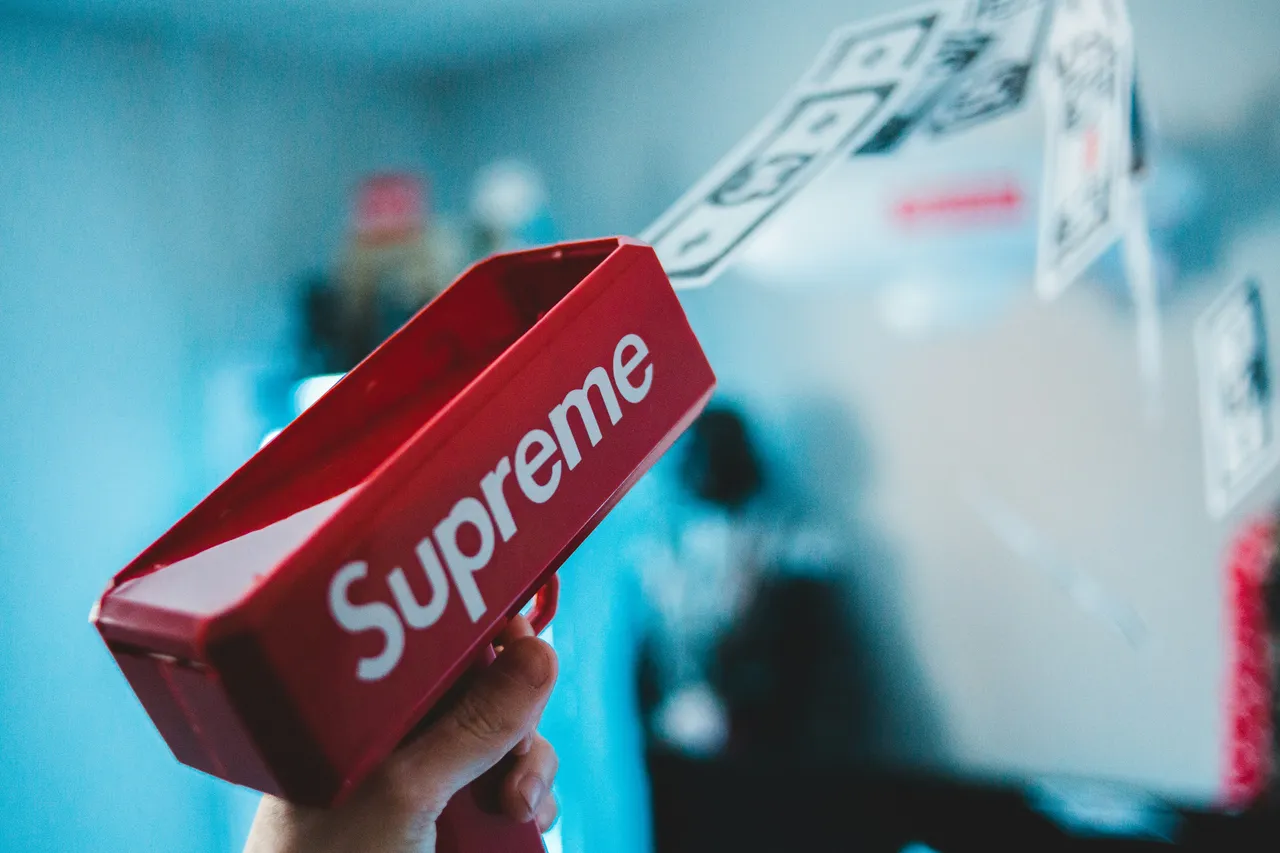
Image info
Psychological Factors in Thrift Shopping: Understanding How to Spot Value
Thrift shopping has become increasingly popular, transforming from a niche activity into a mainstream trend. As consumers seek unique finds and sustainable options, understanding the psychological factors that drive thrift shopping can greatly enhance the shopping experience. By grasping these motivations, shoppers can make more informed purchasing decisions.
Understanding Consumer Motivation
Thrift shopping is not just about saving money. It involves various motivations that resonate with consumers. Many shoppers are drawn to thrift stores for economic reasons, seeking bargains and unique items that can't be found in traditional retail settings. Research shows that motivations for purchasing second-hand clothing often align with sustainable practices. Consumers are becoming more aware of their environmental impact. According to a study published in the Journal of Product & Brand Management, motivations for buying second-hand clothing include a desire to promote sustainable consumption patterns and reduce waste. Read the study here.
Additionally, the thrill of the hunt plays a significant role in thrift shopping. Many consumers enjoy the excitement of searching for hidden gems. The social aspect of shopping with friends can also enhance the experience. These diverse motivations highlight the multifaceted nature of thrift shopping.
The Role of Emotional Connections
Emotional ties to thrift store items can significantly influence purchasing decisions. Many consumers find joy in discovering unique pieces that tell a story or evoke a sense of nostalgia. For instance, a vintage dress may remind someone of their grandmother, creating a sentimental attachment that drives the purchase.
Anecdotes from thrift shoppers often highlight the thrill of the hunt. One shopper shared how finding a retro lamp reminded her of her childhood home. This emotional connection enhances the shopping experience and encourages repeat visits to thrift stores.
Identifying Value in Thrift Store Items
Spotting value in thrift store items requires a keen eye and practical strategies. Shoppers should check for brand names, as familiar brands often indicate quality. It's wise to look for well-known labels like Levi's or Coach that are associated with durability and style. Additionally, inspecting items for signs of wear and tear is important. Minor imperfections can often be repaired, but significant damage may not be worth the investment.
Consumers should also consider the uniqueness of items. Thrift stores are treasure troves of unique finds, so looking for items that stand out or have a distinctive style that aligns with personal taste is important. Familiarizing oneself with the retail prices of similar items can help determine if a thrift store price is a true bargain. Lastly, trusting instincts is key. If something catches the eye and feels right, shoppers should not hesitate to purchase it. Thrift shopping is about personal expression, and sometimes, the best finds resonate emotionally.
Sustainability and Thrift Shopping
Thrift shopping aligns closely with sustainable practices, making it an appealing choice for environmentally conscious consumers. By purchasing second-hand items, shoppers contribute to reducing waste and minimizing their carbon footprint. A study from the Journal of Cleaner Production indicates that buying second-hand can significantly lower environmental impact compared to fast fashion. Read the study here.
Moreover, thrift shopping promotes a circular economy, where items are reused and repurposed rather than discarded. This shift in consumer behavior benefits the environment and fosters a sense of community among thrift shoppers who share similar values.
Conclusion
Understanding the psychological factors that influence thrift shopping can enhance the experience for consumers. By recognizing the motivations behind their purchases, shoppers can make more informed decisions and appreciate the value of second-hand items. Thrift shopping is not just about finding a good deal. It’s about connecting with the past, embracing sustainability, and expressing individuality. The next time you step into a thrift store, keep an open mind and enjoy the journey of discovery. Share your experiences and tips with friends, and let’s celebrate the art of thrift shopping together!
This article was developed using available sources and analyses through an automated process. We strive to provide accurate information, but it might contain mistakes. If you have any feedback, we'll gladly take it into account! Learn more

